| How To Make Essential Oil From Your Garden | Blending Essential Oil | A Brief History Of Essential Oil | Do Essential Oils Expire? |
Table of Contents
A Brief History of Essential Oils
Essential oils have taken a sharp upswing in popularity within contemporary Western cultures in the last few decades. Most modern-day people have used essential oils (even if they don’t realize it). Different oils are used in aromatherapy, massage therapy, and other forms of alternative healing.
However, they are also used in cleaning products, cosmetics, perfumes, and other products we use in our everyday lives. Some manufacturers are trading out harmful chemical fragrances and other ingredients for the healthier and more effective alternatives found in essential oils.
But this recent increase in demand is far from the beginning of humankind’s interest in essential oils. Ancient people have sought volatile compounds for thousands of years. Volatile in the chemical sense means that the liquid form is quickly evaporated at average temperatures or readily gives off a gas vapor.
In the case of essential oils, this vapor is highly aromatic. The ancient civilizations of Egypt, Greece, India, China, and the Middle East used essential oils for cooking, medicinal healing, beauty and health practices, and religious ceremonies for thousands of years.
Modern healers are perhaps even now trying to catch up to what ancient practitioners of natural healing knew for centuries: that countless plant-derived oils are safe and effective in many practices and customs for people throughout their lifetime.
What Are Essential Oils?
Essential oils come from various plants and their parts, including the roots, seeds, berries, fruits, flowers, sap, and bark. These oils are extracted and distilled from the plants and are sold as a concentrated and highly potent chemical compound.
They are used as an ingredient in many valuable products and sold on their own. They may come in a highly concentrated form or be diluted in a carrier oil. Often, several essential oils for a particular benefit are blended as sold to be used for a specific purpose. The oils may be volatized through heat or chemical means, diluted in a carrier oil, diffused into the air, or burned as incense.
The Beginning
We can thank the ancient Egyptians for the gift of essential oils. It is no surprise that essential oils originated in Egypt, where they developed the processes to derive the oils and then incorporated them into many religious practices. For Ancient Egyptians, religion and healing were highly intertwined. Preventative health and recovery of ailments were both seen as spiritual practices, and healing practitioners were often religious figures in society.
The Egyptian people of the past were very particular and took extreme care of the sense of smell, more so than any other sense. We can speculate that one of the reasons for this interest was their religious practice in caring for the dead, particularly in their mummification arts and techniques.
Essential Oils in the Ancient World
Egypt was blessed with the Nile River, which fertilized its banks and provided rich lands. This gave Egypt many advantages under which their culture flourished greatly. People will thrive and progress where there is abundance, leading to significant societal advances in knowledge.
Furthermore, rich soils and a strong interest in the healing properties of plants lead to new practices in the cultivation and harvest of many plants, fruits, and herbs. From these practices, the essential oil was a discovery that has remained an essential and universal product for people around the globe.
A side effect of being highly volatile, essential oils cannot be stored in plastic as the vapors will eat away the plastic. Therefore, it is not surprising that Egyptians also invented glass and created glass bottles to keep their oils in.
The early Chinese people were also introduced to aromatic plants for their health and healing benefits. Even before they began distilling and concentrating essential oils, ancient healers and practitioners of Eastern Medicine were using some of the same aromatic plants for health, consumption, and religious purposes as well.
During the tenth century, a Persian chemist named Avicenna is credited with having refined the extraction methods of plant oils with the creation of the distillation method. He called the resulting product perfume. However, it should be noted that he was likely referring to aromatic compounds as perfumes and not specifically to something explicitly used to make one smell good, as is the everyday use of the word perfume in today’s society.
Essential Oil in the Roman Empire
Eventually, the focus shifted towards emphasizing genuine essential oils and their practical uses. The Romans took on the use of essential oils, using as a perfume for the body and hair, as a muscle rub for fatigue and pains, and as cultural customs; one such tradition as well as for the Emperor to wear the sprig of bay leaves around the head as a practice to fend off against evil spirit.
They placed Mugwort leaves in their shoes for long journeys to fight fatigue. Their bathhouses were well stocked with herbs of many kinds to aid them in bathing. Places of healing utilized the burning of aromatic plants for medicinal purposes.
Roman soldiers took herbs with them on the battlefields for curative purposes against inflicted wounds. A common practice amongst the Romans and the Ancient people of China and India was to use fennel seeds to freshen one’s breath, a custom still observed by some Asian cultures today. If you visit many traditional Indian or Middle Eastern food establishments or restaurants, you might be offered a bowl with fennel seed for you to refresh your breath after your meal.
Medicine men in the Roman Empire became very proficient in the many uses of essential oils. As their primary source of medicine, we owe the Romans and the Greeks that they left us with essential oils for their legacy.
There is a story of a medical practitioner who served as the chief doctor for the school of gladiators in Pergamus, the town mentioned in the Bible in the book of Revelations. The legend says that while he served as the principal physician, he tended to the gladiators with essential oils, and not one of the men under his care succumbed to their wounds.
In the fifteenth century, a doctor named Paracelsus is credited with coining the word “essence” with his central idea of using essential oils in his medical practice. From his use of the story, the essence comes our contemporary terminology of “essential oils,” which is not to be confused with the help of the name essential in other compounds to mean “required for life,” such as essential amino acids.
During this period, essential oils increased with different herbs, fruits, and barks. In their experimentation, some of the plants and herbs used were the oils that have become widely used today, including juniper, rose, rosemary, sage, and many others. It should be noted at this time that these early attempts did not produce essential oils but something more similar to essence water, similar to what we would commonly consider rose water by today’s standards.
More and more viable sources of volatile oils were identified in the natural evolution of discovery, and distillation processes improved. Just a century later, essential oil became even more mainstream. People would go to their apothecaries to procure these oils for various illnesses and ailments.
As time passed, doctors and scientists became more interested in the virtues of essential oils, and research increased substantially to understand this newfound aid for wellbeing. As interest and studies progressed and intensified, we can confidently say that this was the advent of the essential oil wonder.
Notable References Through History
Hippocrates is widely considered one of the most influential figures in the history of medicine. He is often referred to as the “Father of Medicine” despite living more than two thousand years ago (460-370 BC). Hippocrates claimed that health and healing were through aromatherapy, including aromatic baths and massages.
In the Nativity story from the Bible, the three wise men or magi brought gifts to the baby Jesus. These gifts were gold, frankincense, and myrrh. Frankincense and myrrh are collected as sap from their respective trees, and are their oils are extracted for medicinal use.
Highly regarded for their abundant health benefits, historians agree that both oils of frankincense and myrrh oil were likely worth significantly more by weight than the third gift, gold. Many people may read the Nativity story and not realize that the child Jesus was presented with essential oils from the East.
The earliest written recording of what would be considered the modernized approach to the distillation of essential oils is perhaps the writings of Ibn al-Baitar during his lifetime (1188-1248 AD) as a physician, pharmacist, and chemist in Al-Andalusia (Muslim Spain).
New Discoveries in Recent History
Research has demonstrated the effectiveness of essential oils as a natural pesticide and repellant. Different oils have proved to have various means for deterring pests, especially harmful insects and arthropods. In multiple studies, essential oils have been shown to repel insects, inhibit their digestion and stunt their growth to maturity, decrease the rate of reproduction and population size, or cause the pest’s death following consumption.
However, these oils are non-toxic for human consumption and cause no harm to the environment. The oils typically used for this purpose include rose, lemongrass, lavender, thyme, peppermint, and eucalyptus. The use of natural pesticides allows for the safe protection of foods for human consumption.
Furthermore, some essential oils make a highly effective bug repellant. Recent studies have shown several of these oils to be comparable to or even exceed the efficacy of DEET, which has reigned in marketing as the most effective mosquito repellent since its use began.
However, it must be noted that these oils are most effective when in the aromatic vapor stage. Once the compounds have finished vaporization, the oil will not be as effective. Some creams and sprays use additive combinations to extend this period.
The Food and Drug Administration (FDA) was formed in 1906, and with the Food Additives Amendment of 1958, they began using the classification known as GRAS, or Generally Recognized as Safe. The GRAS designation means that the product is exempt from the usual food additives requirements and ongoing testing that products not known to be generally safe must undergo.
To qualify for this exemption, proponents of the product must provide a consensus of medical expert opinion and research demonstrating that the substance is safe for its intended use. This usually includes rigorous scientific testing and a preponderance of varied evidence. It is not a simple task to receive this designation.
As of 2020, more than 160 essential oils carry the GRAS designation. This includes oils from fruits (grapefruit, lemon, orange, lime), nuts (almonds), vegetables (carrots, celery seed), spices (mustard, pepper, thyme, rosemary), tea leaves (yerba mate, anise), berries (juniper, laurel), flowers (lavender, jasmine, geranium), and numerous others. The complete and up-to-date list of GRAS essential oils can be found right on the Wikipedia page for essential oils.
It is important to note that when referring to essential oils in recent research and medicinal use and studies, the oils are often referred to by their specific chemical compounds. Therefore essential oil derived from the herb rosemary may be called by its common name (rosemary), the scientific plant name (salvia Rosmarinus), or by any one of its active ingredients (a-pinene, borneol, b-pinene, camphor, bornyl acetate, camphene, 1,8-cineole, and limonene). Therefore, it is not always abundantly evident what essential oils or compounds may be present in a given study.
Final Thoughts
As we can see, the history of essential oils goes far from almost the beginning of human evolution in various forms and evolving over time. Nevertheless, we owe people of ancient times for their distillation, extraction, cultivation, and use developments. Even today, thousands of years are the inception of essential oils, researchers are still working to improve the methods of use, quality, and purity of essential oils. Perhaps people of the future will continue to benefit from modern advancements and benefit from plant-derived oils for thousands of years to come. Works Cited
- Keville, Kathi, and Mindy Green. Aromatherapy: A Complete Guide to the Healing Art. Second edition. New York: Crossing Press by Random House, 1995. Print.
- Nerio, Luz Stella; Olivero-Verver, Jesus; Stashenko, Elena (2010-01-01). “Repellent activity of essential oils: A review.” Bioresource Technology.1016/j.biortech.2009.07.048
- Wikipedia contributors. (2020, November 26). Essential oil. In Wikipedia, The Free Encyclopedia. Retrieved December 4, 2020, from https://en.wikipedia.org/w/index.php?title=Essential_oil&oldid=990786055
- Worwood, Valerie Ann. The Complete Book of Essential Oils & Aromatherapy. California: New World Library, 1991. Print.
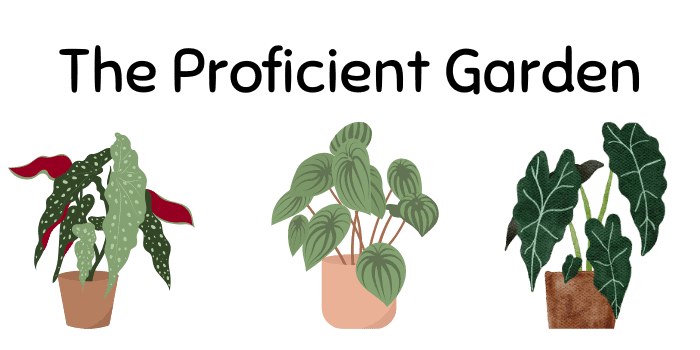
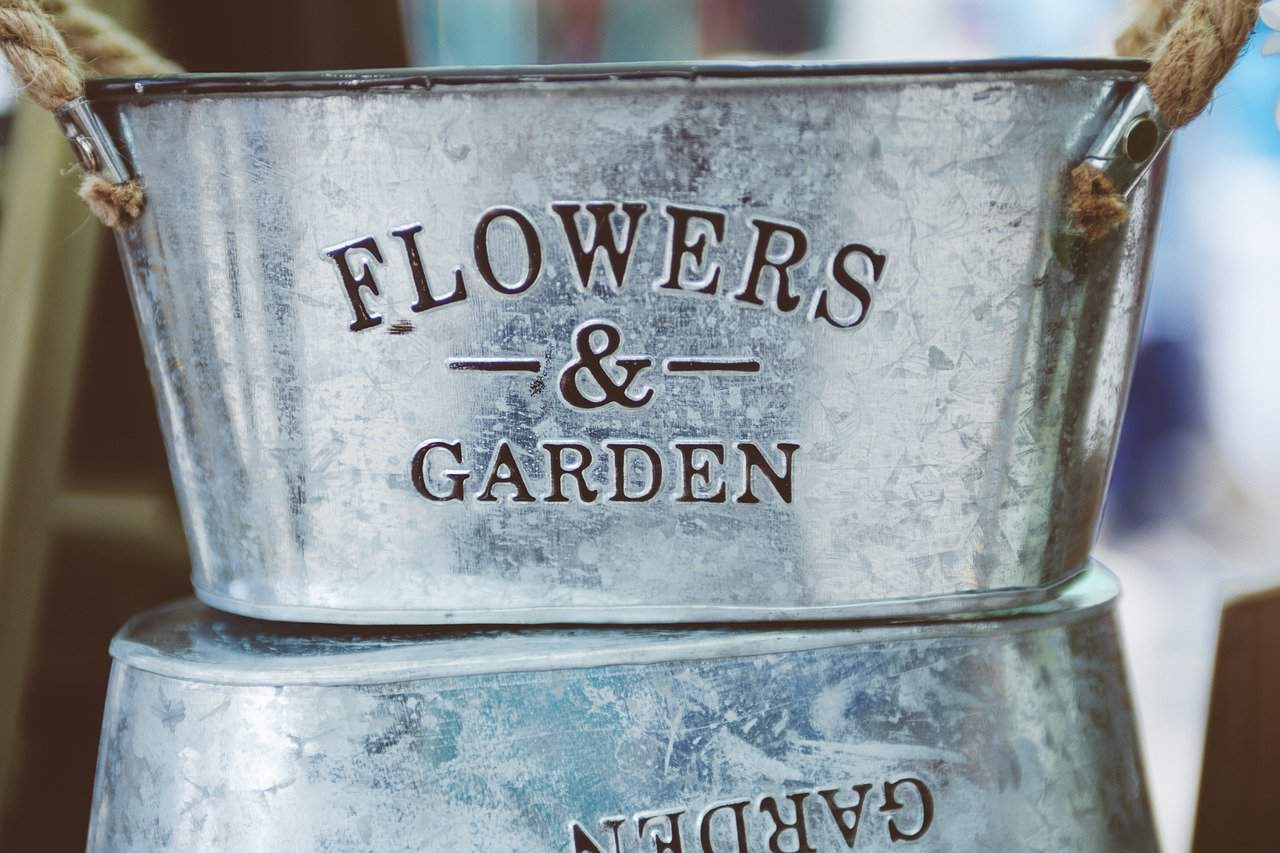
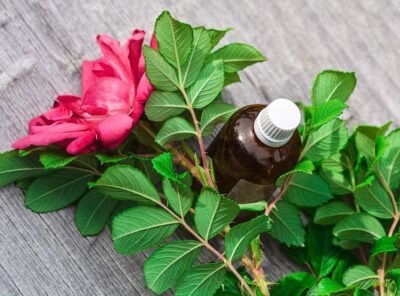
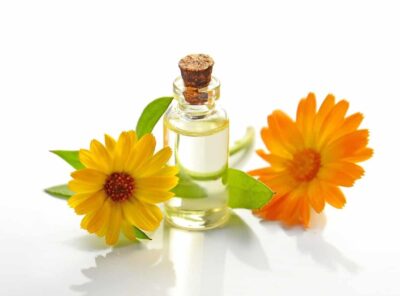
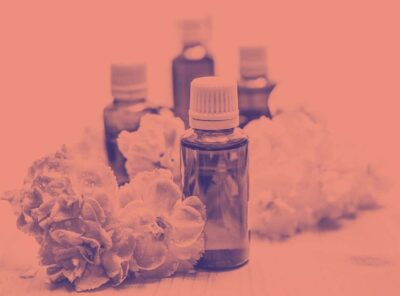
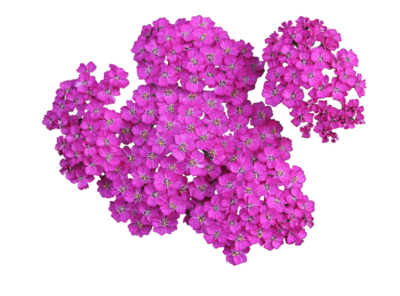
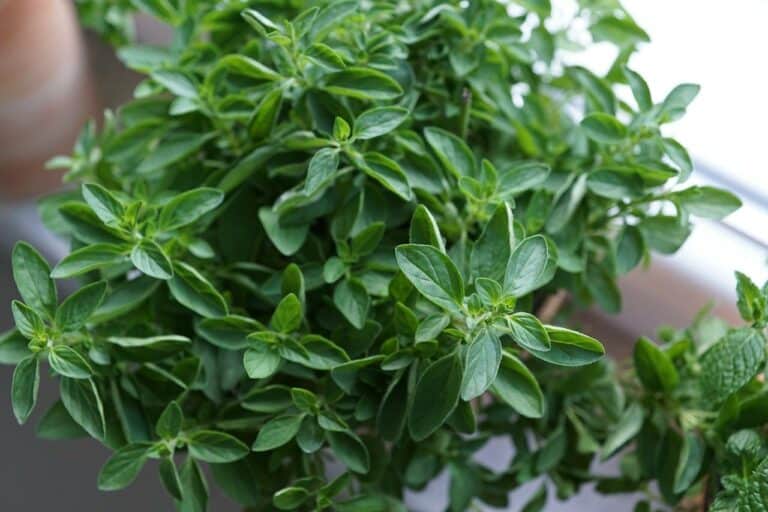

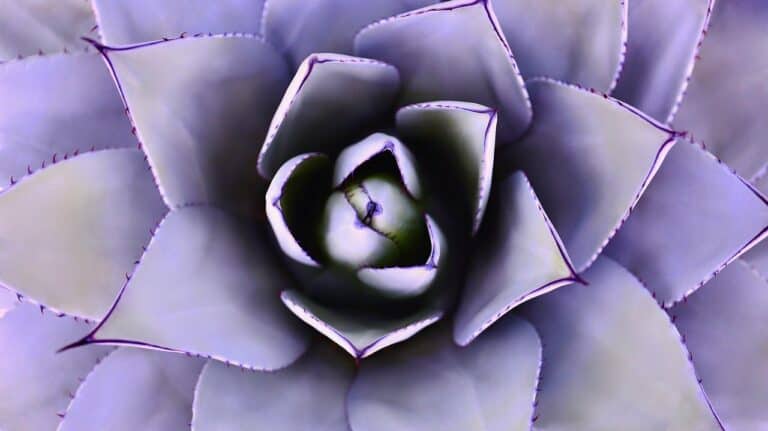
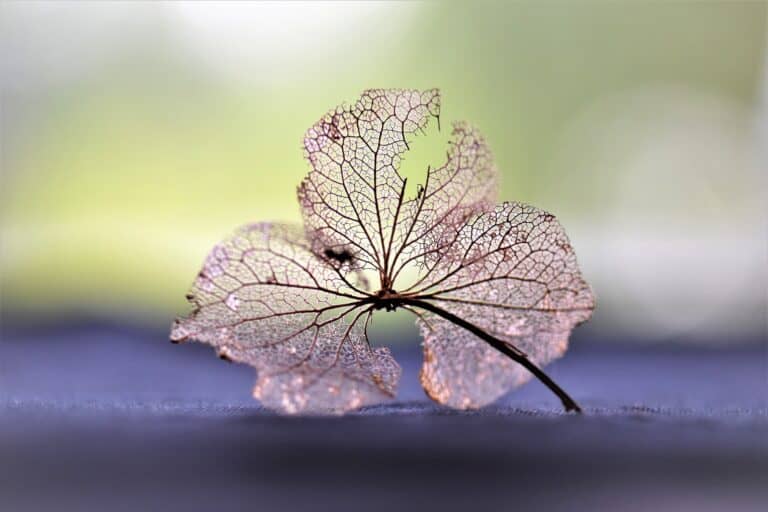
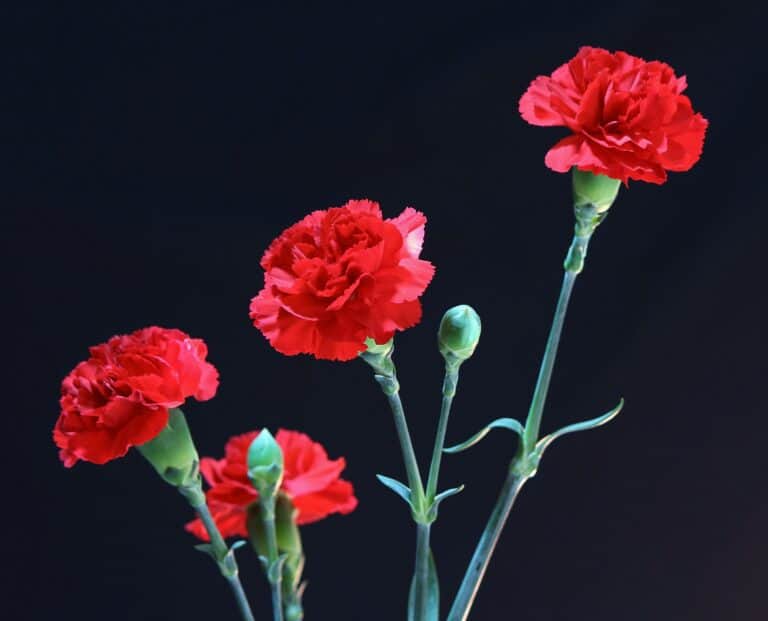

2 Comments
Comments are closed.